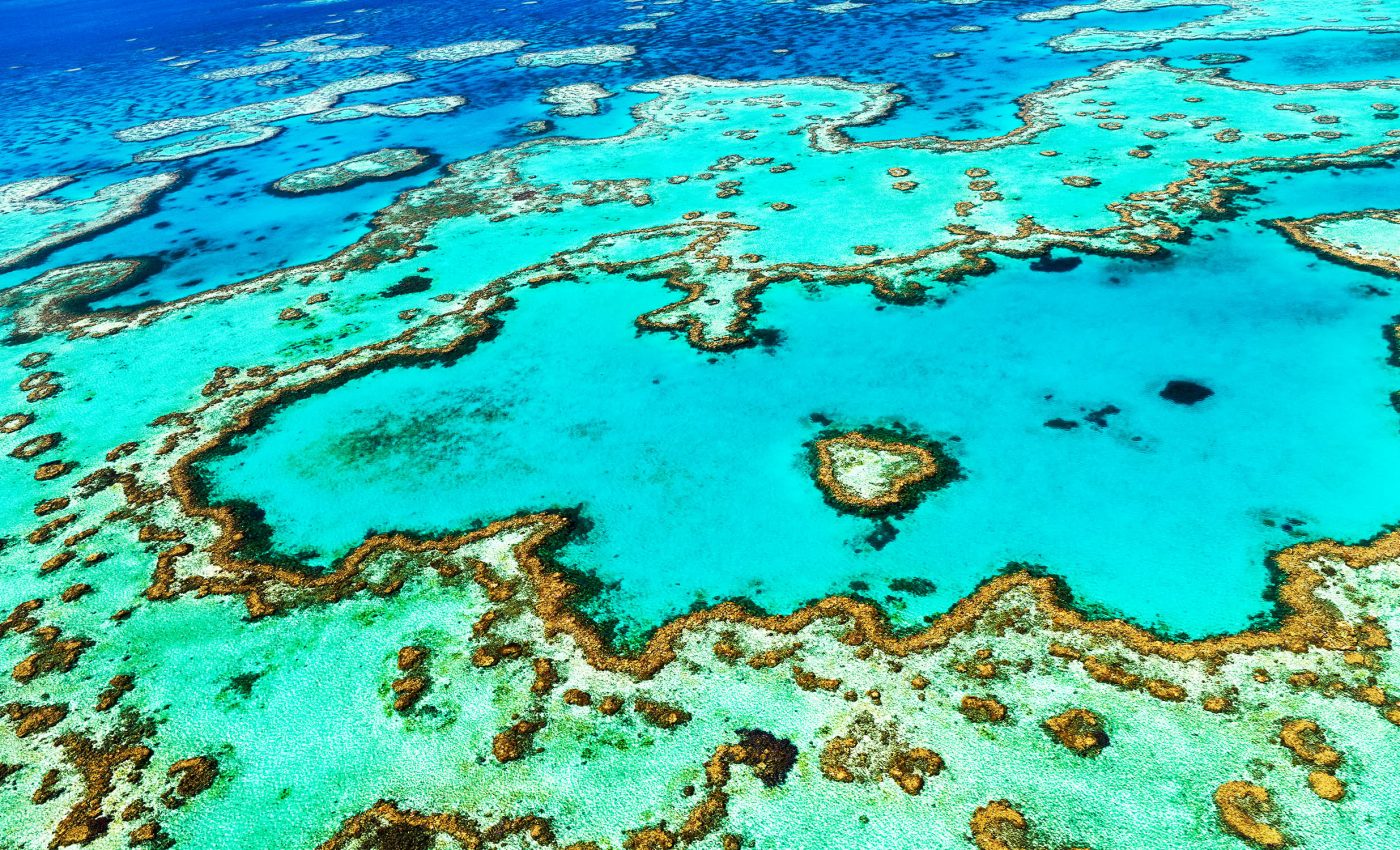
Some corals can survive high ocean heat, which could save reefs
Exciting new research brings hope for the future of our precious coral reefs. Scientists discovered something quite extraordinary in the waters of Australia’s Great Barrier Reef — unforeseen variations in coral heat tolerance.
Could this be the key to the recovery and adaptation of these threatened ecosystems?
Coral heat tolerance
Within the calming depths, where table coral, Acropora hyacinthus, lives across 17 reefs, scientists meticulously measured the bleaching thresholds of more than 500 colonies using a portable experimental system.
The efforts of a diverse team of researchers, led by Southern Cross University PhD candidate Melissa Naugle, bore surprising fruit.
“We found heat-tolerant corals at almost all the reefs that we studied, highlighting how corals across the entire Great Barrier Reef may hold genetic resources that are important for protection and restoration,” said lead researcher Melissa Naugle.
What they discovered was a remarkable diversity in heat tolerance among the colonies.
This finding suggests that the natural genetic resources of corals may hold the key to their own survival and restoration.
As reefs face the 4th global mass bleaching event and unprecedented summer sea temperatures, this discovery offers hope.
Fuel for natural selection
The study was part of the Reef Restoration and Adaptation Program (RRAP), involving scientists from across the globe.
Dr. Line Bay, Senior Principal Research Scientist and Research Program Director at AIMS, emphasized the importance of these findings for ecosystem conservation.
“Differences between individual corals are the fuel for natural selection to produce future generations of more tolerant corals,” said Dr. Bay.
“Developing a solid understanding of this variation is crucial to understanding how corals will adapt to climate warming.”
The study’s implications for large-scale reef restoration and conservation efforts are significant. Dr. Cedric Robillot, Executive Director of RRAP, noted that naturally heat-tolerant corals can be strategically used in such programs.
“This work highlights the availability of naturally heat-tolerant corals that can be targeted by RRAP to protect this critical ecosystem from warming ocean temperatures that are already locked in from climate change,” Dr. Robillot stated.
Embracing heat-tolerant corals
While environmental factors such as thermal history, nutrient concentrations, and symbiotic algae living within coral tissues influenced heat tolerance, genetic differences played a key role.
“The most heat-tolerant corals identified in this study are currently being used for a selective breeding trial,” said Dr. Emily Howells, Senior Research Fellow at Southern Cross University.
“Though, this outcome depends on how much of the heat tolerance variation we observe is tied to heritable gene variants.”
Melissa Naugle further explained the importance of genetic research.
“Next, we’ll analyze DNA-sequencing data from these individuals to identify gene variants associated with heat tolerance. This can help us understand the adaptation potential of natural coral populations and inform selective breeding work,” noted Naugle.
Symbiotic algae and heat tolerance
One key factor contributing to heat tolerance is the relationship between corals and their symbiotic algae, known as zooxanthellae.
These algae reside within coral tissues, providing essential nutrients through photosynthesis and, in turn, helping corals build reefs.
However, under stress conditions like rising sea temperatures, corals may expel their symbiotic algae, leading to bleaching and leaving them vulnerable.
Research has shown that the types of symbiotic algae present can influence heat tolerance.
Study significance
Understanding the different algae species that live within corals may provide additional strategies for enhancing resilience. This relationship is considered a key factor in efforts to breed heat-tolerant corals.
The next step for researchers is to determine which algae strains offer the best protection under increasing heat stress.
Exploring if selective breeding can strengthen this symbiosis could be crucial in supporting coral survival, even as climate change continues to warm the oceans.
By examining both genetic factors within corals and their partnership with symbiotic algae, this research provides a more holistic understanding of what may be necessary to protect the world’s remaining reefs.
The full study was published in the journal Communications Earth & Environment.
—–
Like what you read? Subscribe to our newsletter for engaging articles, exclusive content, and the latest updates.
Check us out on EarthSnap, a free app brought to you by Eric Ralls and Earth.com.
—–













